Snapped palms, flattened crops, and fractured roads mark the route to Cagayán, a province on the northern end of the Philippines. This area was pummeled by Typhoon Mangkhut, which made landfall on September 15th, binging with it torrential downpour and winds up to 165 mph. In its wake, the storm left over 100 people dead and hundreds of thousands displaced from their homes.
A majority of the people in the areas of the country most affected by the typhoon work as farmers and fishermen. For many of them, the storm wiped away not just their homes, but also their livelihood. In the farming town of Baggao, acres of crops have been lost. In addition to Baggao, the municipalities of Aparri and Tuguegarao are believed to have been the hardest-hit areas of Cagayán.
The Philippine Department of Agriculture estimates over one million acres of agricultural land have been affected by the typhoon, and agricultural losses could reach at least PHP 16.8 billion ($267 million in American dollars).
“Right now, we can stretch as far as our budget will stretch,” said Leonardo Pattung, mayor of Baggao. “We need help from outside organizations. I really need them to help me.”
It’s been over a week since Typhoon Mangkhut made landfall in the Philippines. Still, many local residents are waiting for aid to arrive; in the meantime, some have started rebuilding on their own.
“We were hit hard,” says one farmer near Baggao. “We may have lost everything but we still have our lives.”
Below, scenes from the devastation—and snapshots of the individuals working to start anew.

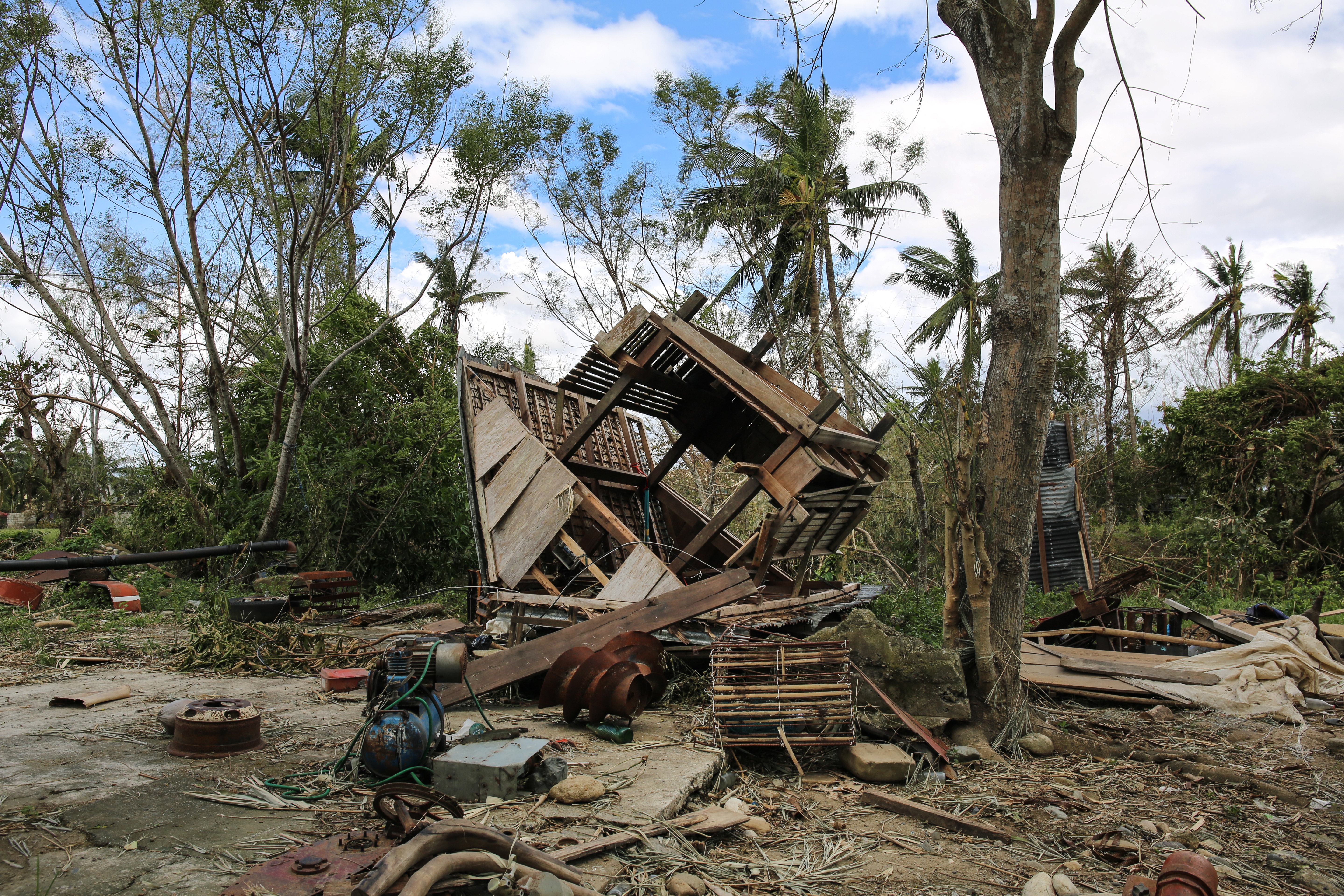
(Photo: Lynzy Billing)
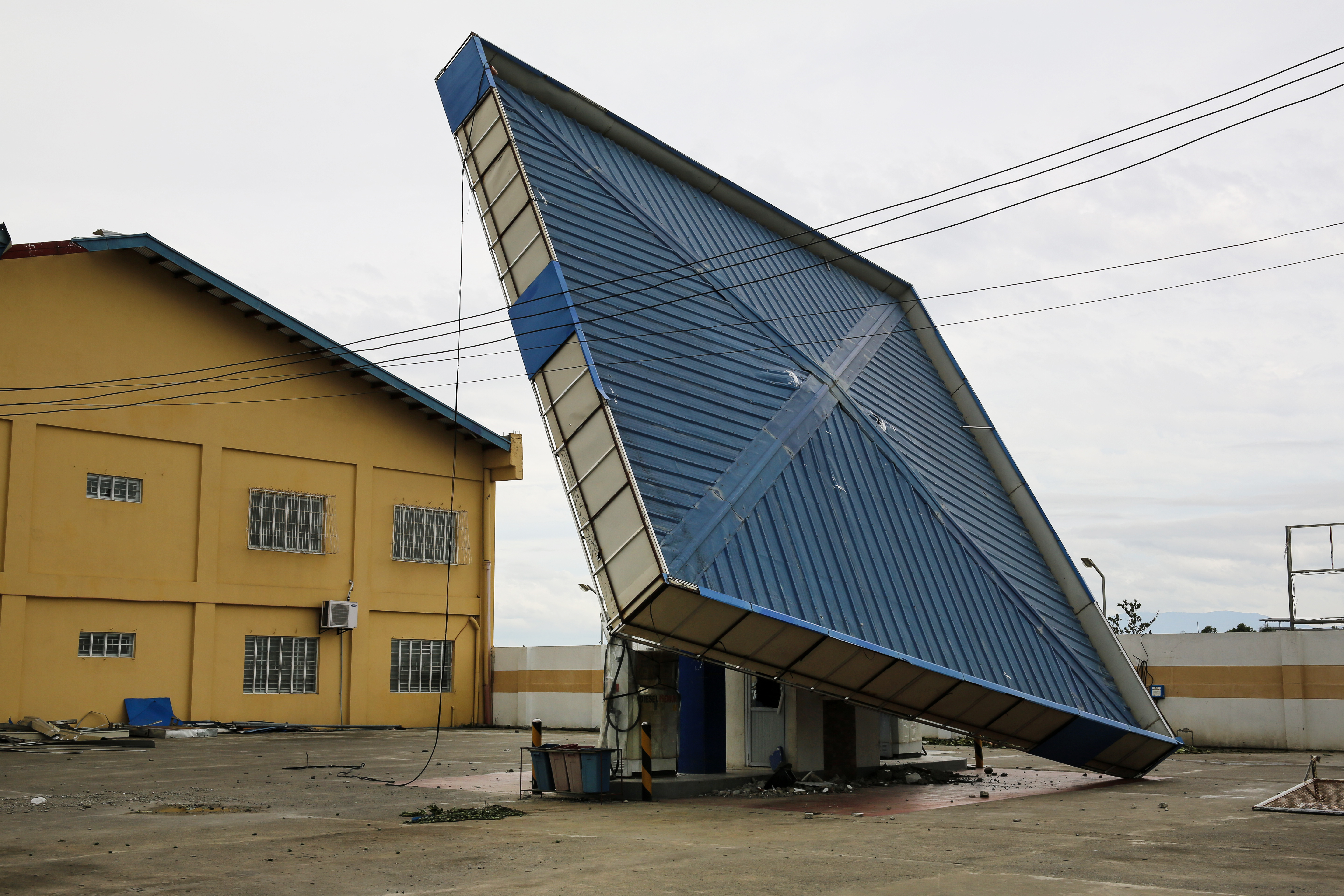
(Photo: Lynzy Billing)
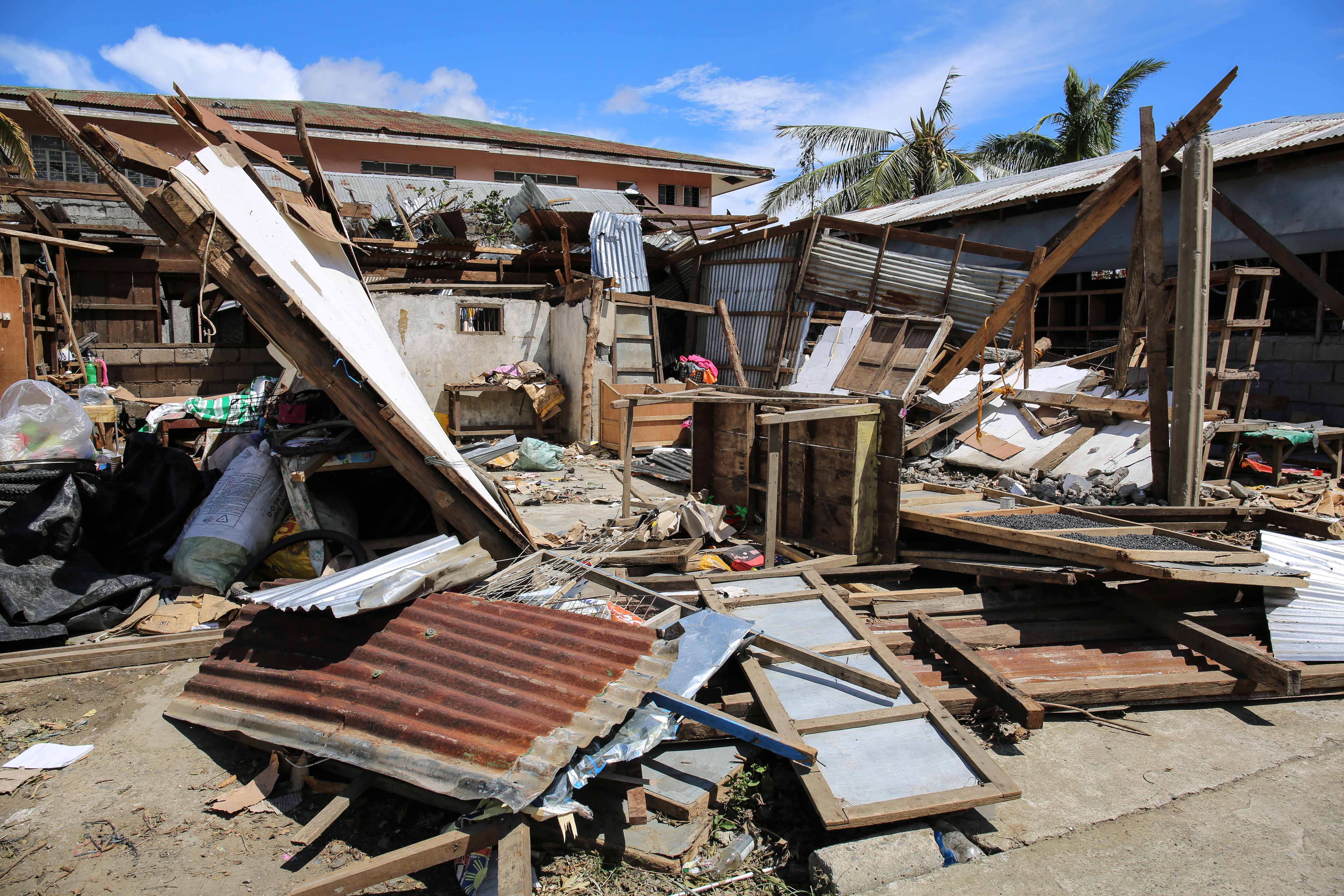
(Photo: Lynzy Billing)
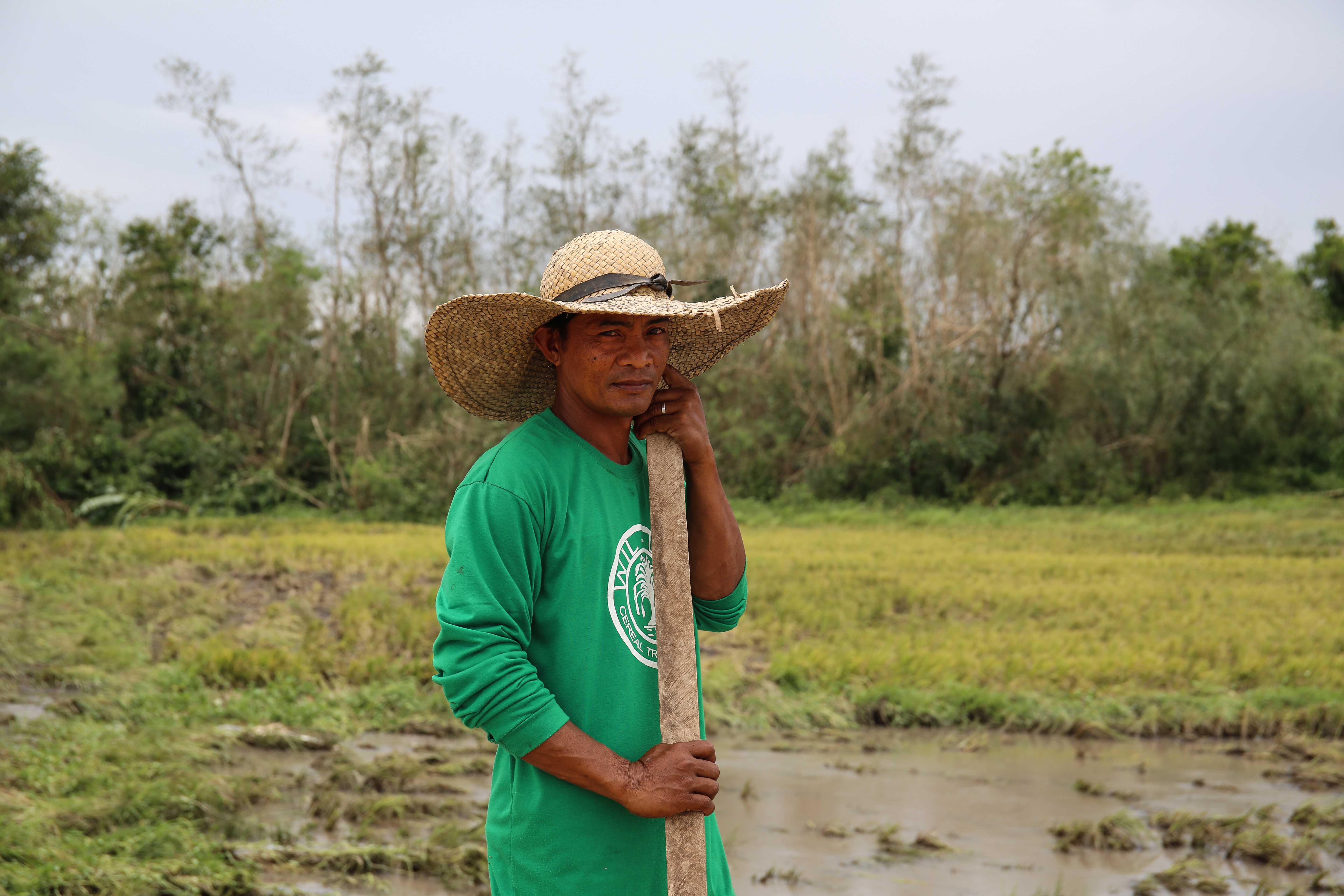
(Photo: Lynzy Billing)

(Photo: Lynzy Billing)
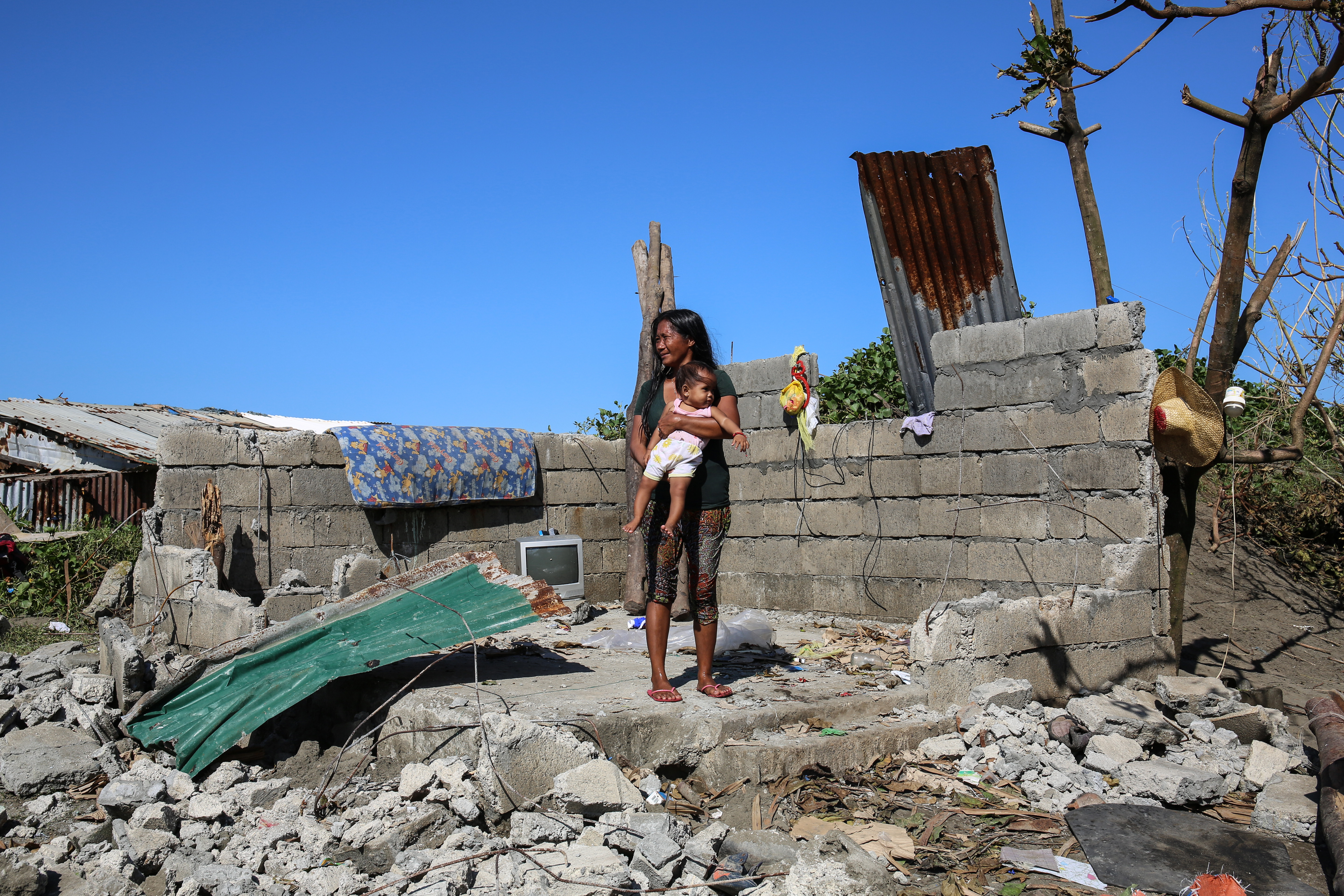
(Photo: Lynzy Billing)
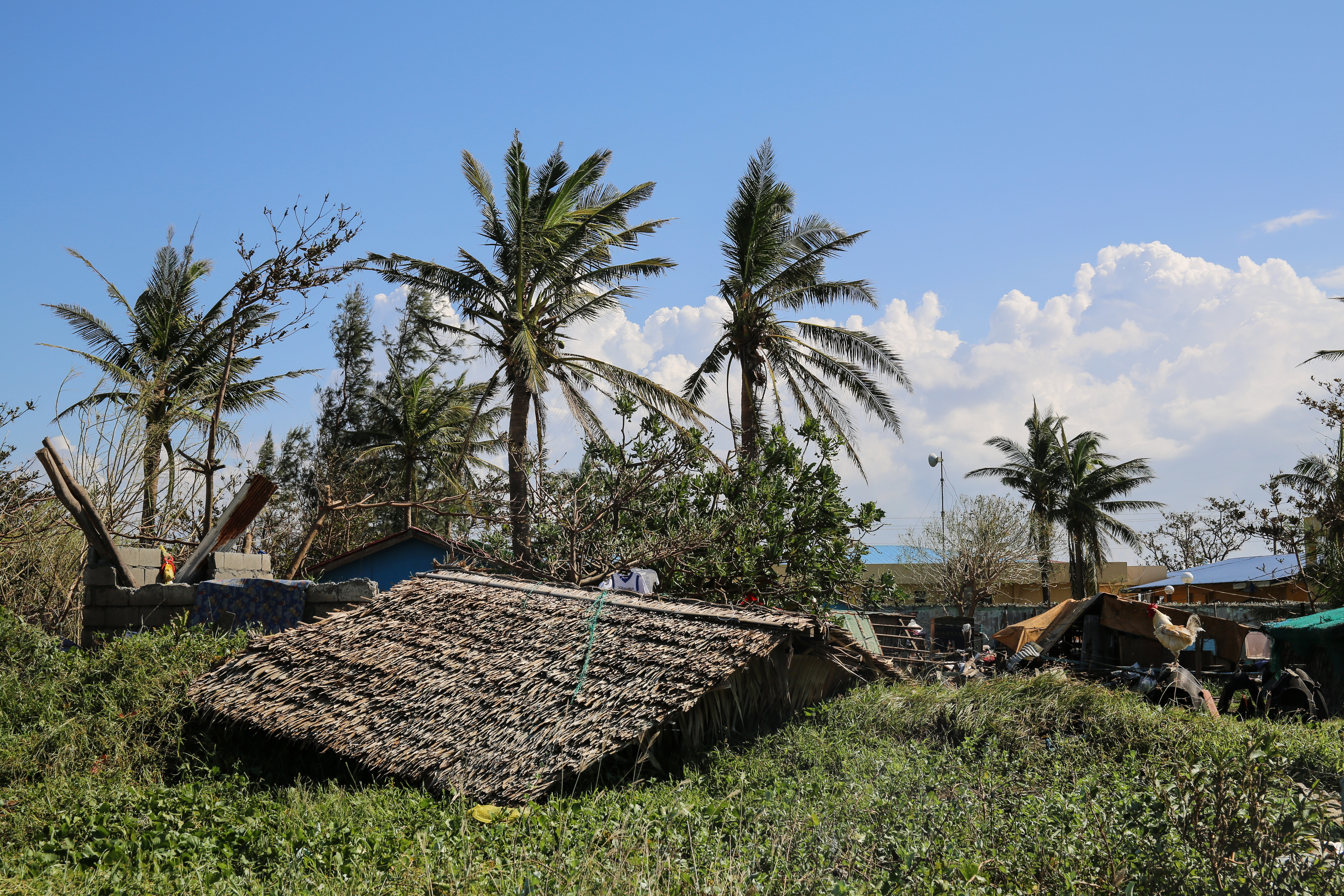
(Photo: Lynzy Billing)
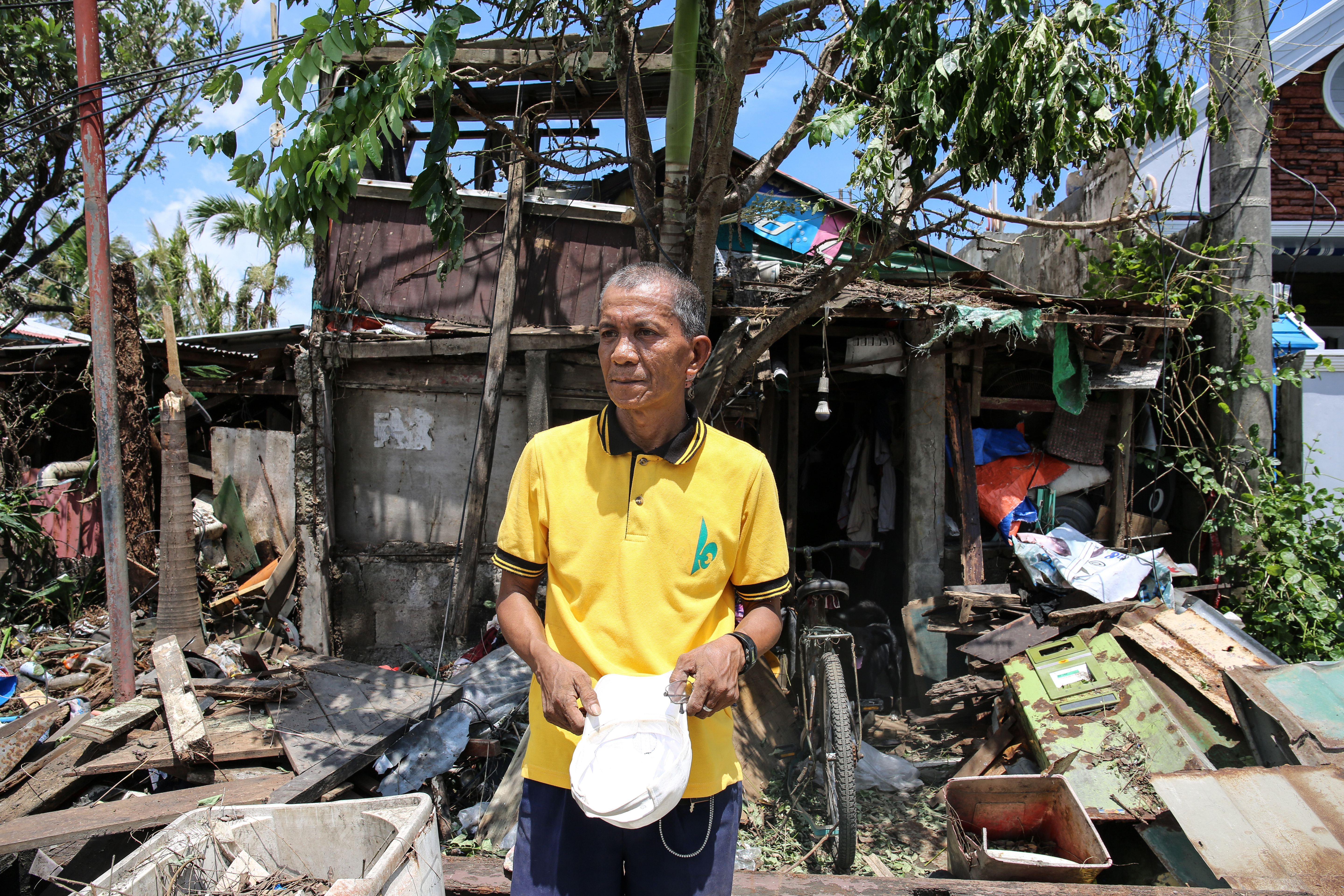
(Photo: Lynzy Billing)
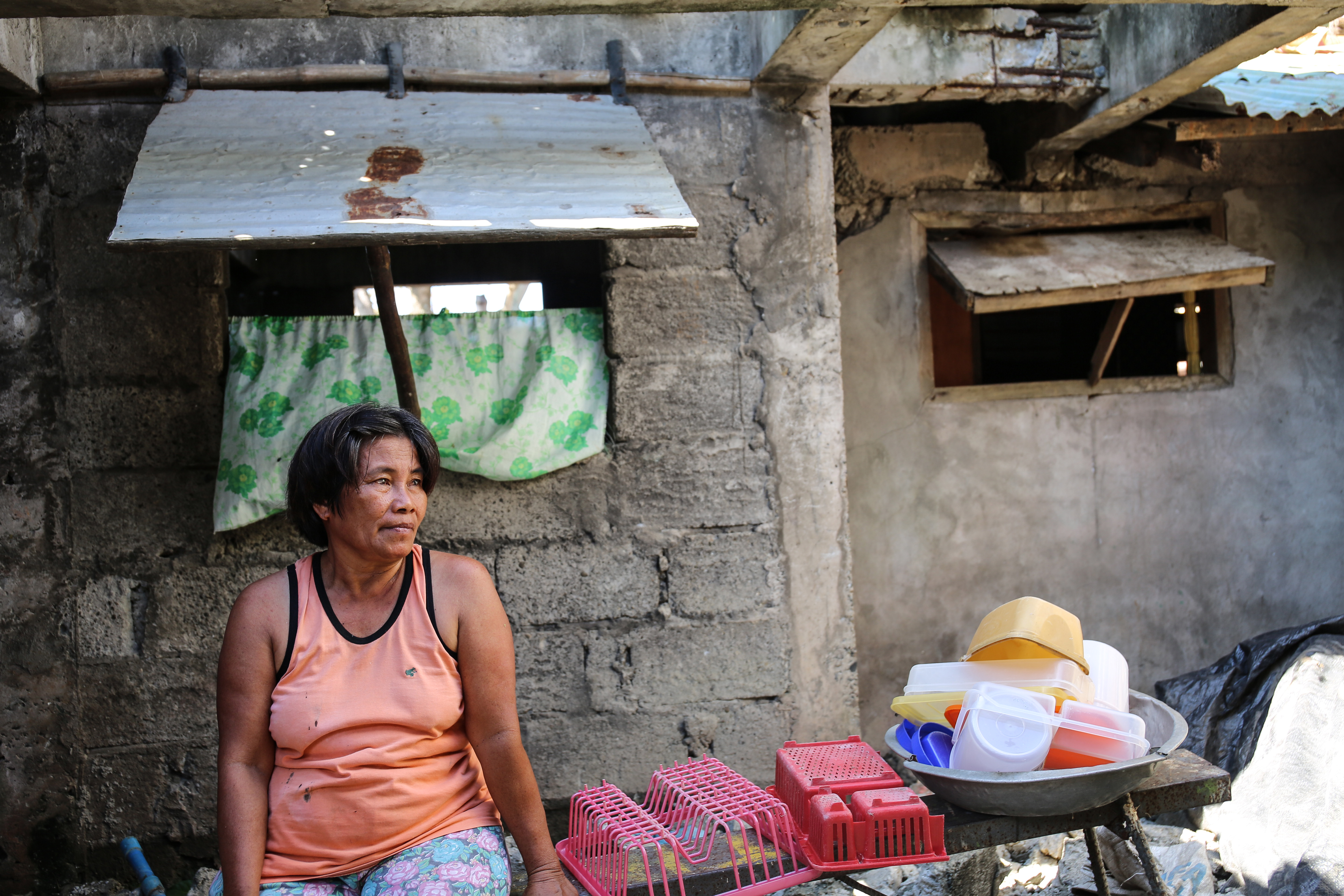
(Photo: Lynzy Billing)
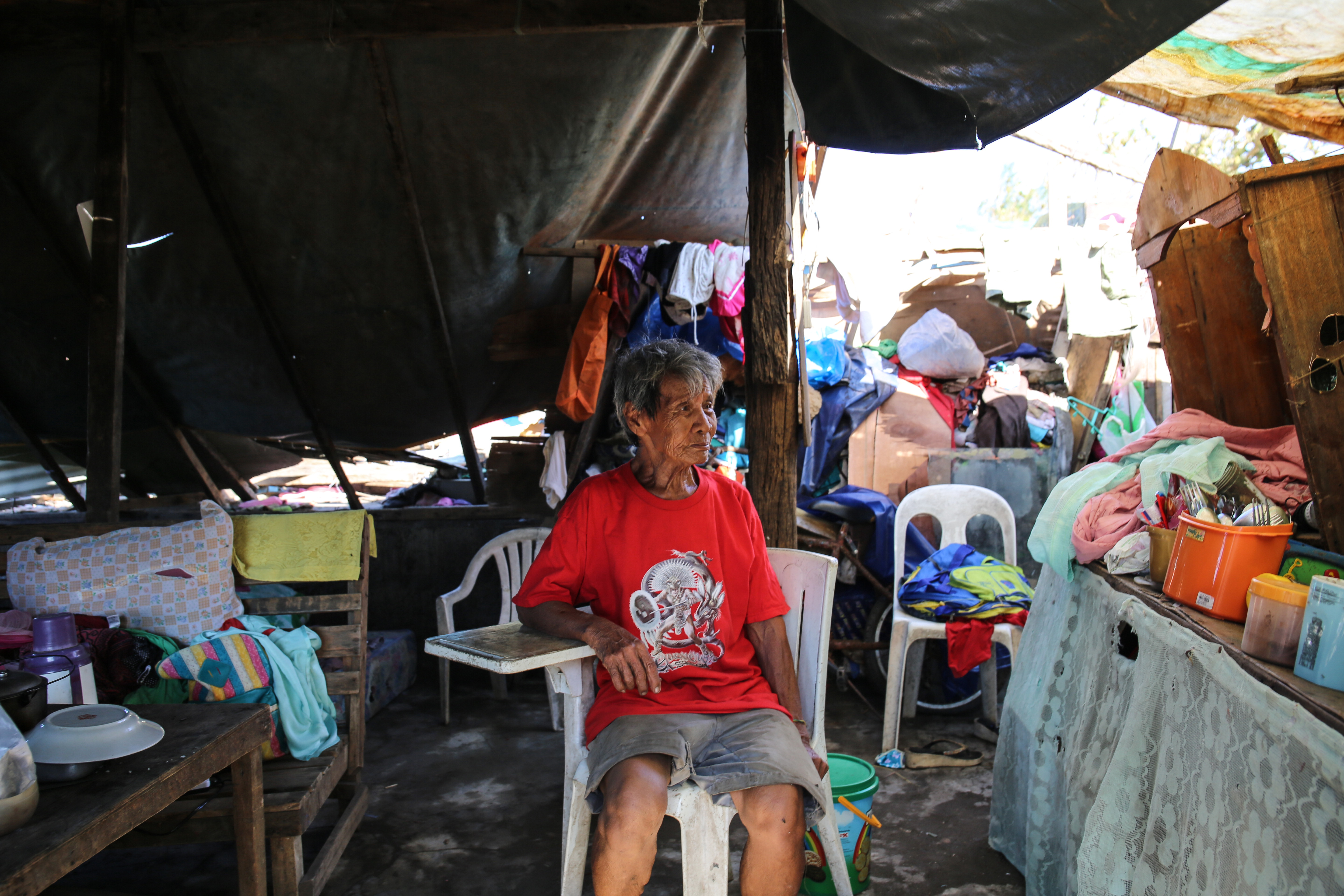
(Photo: Lynzy Billing)
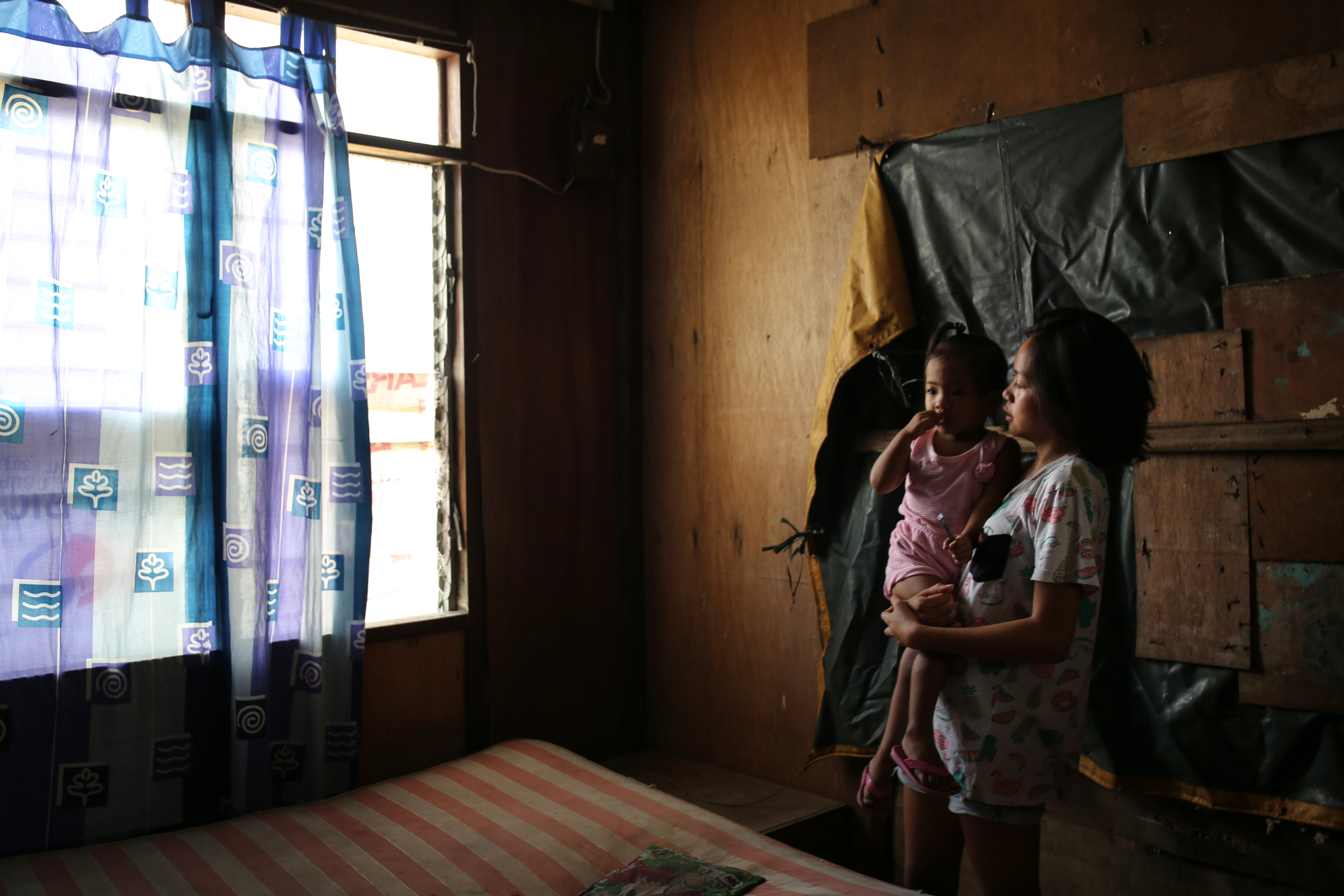
(Photo: Lynzy Billing)

(Photo: Lynzy Billing)
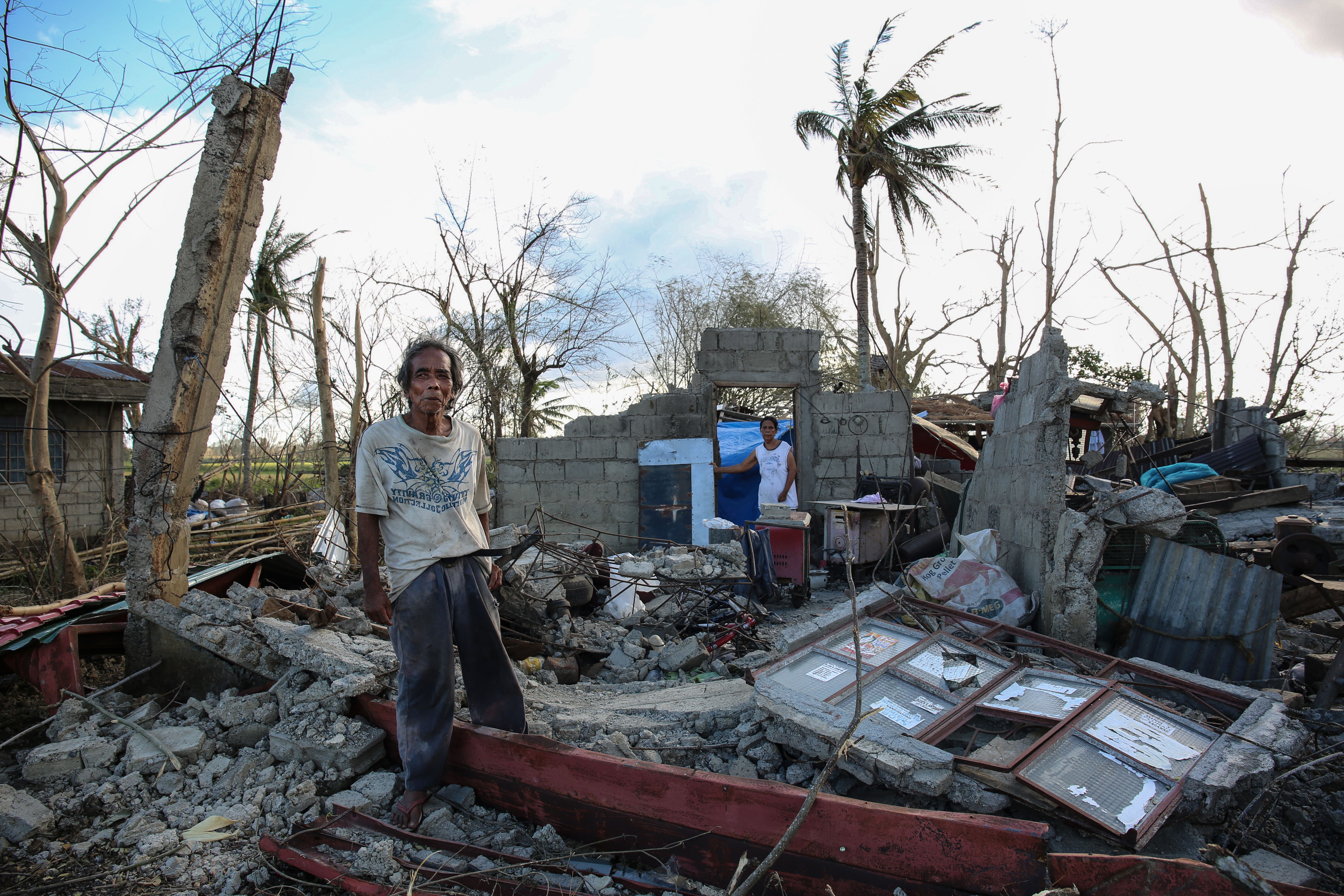
(Photo: Lynzy Billing)
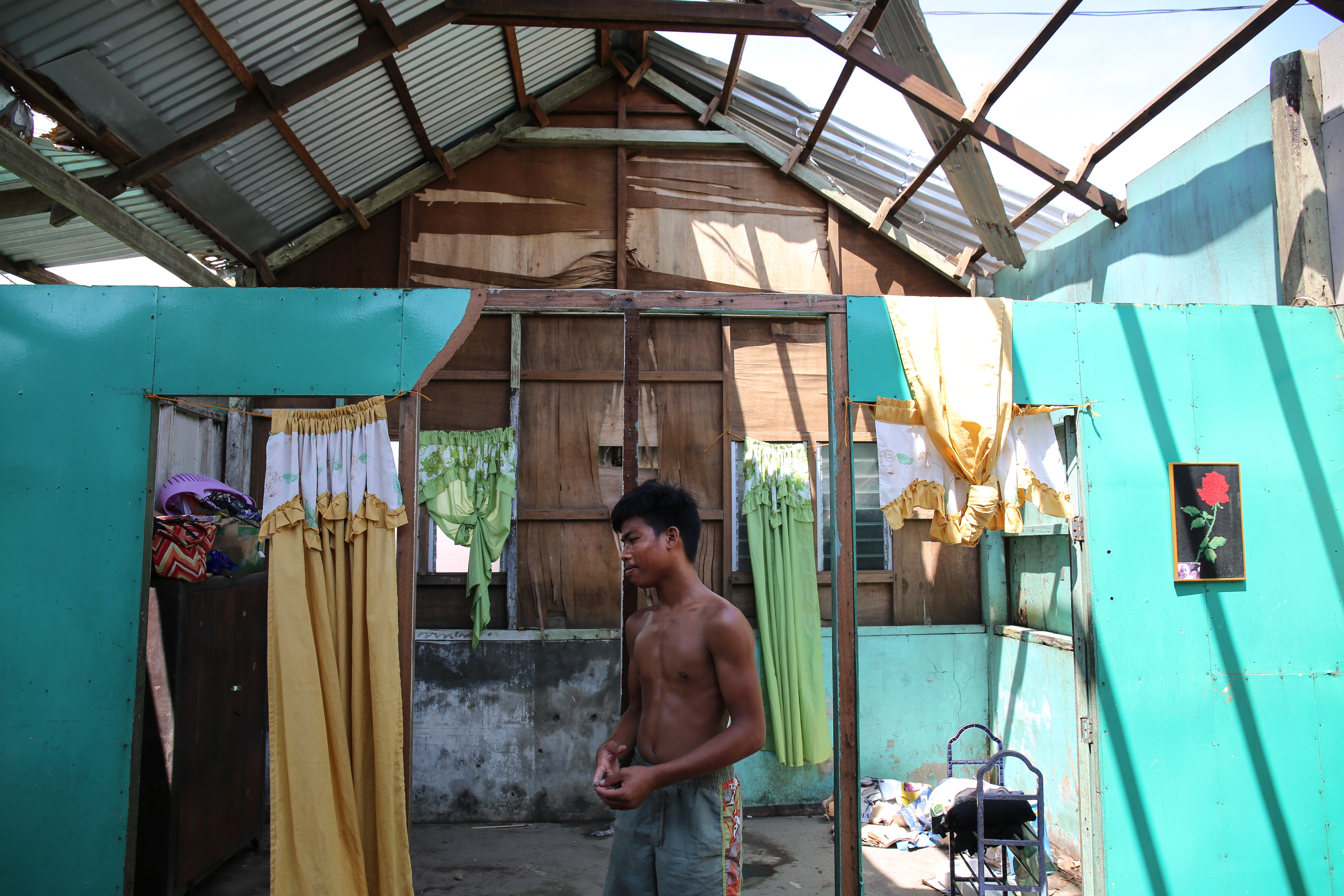
(Photo: Lynzy Billing)
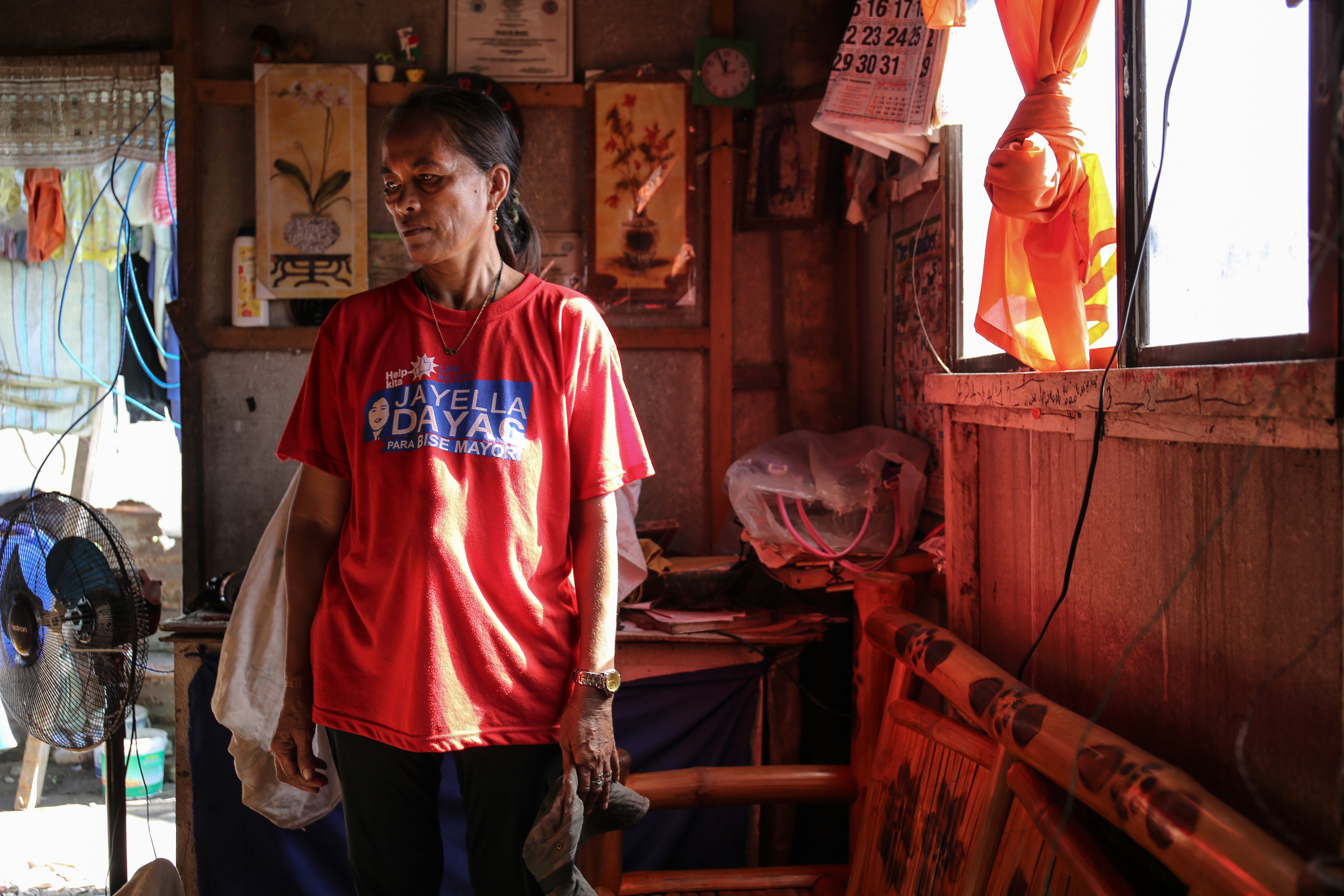
(Photo: Lynzy Billing)
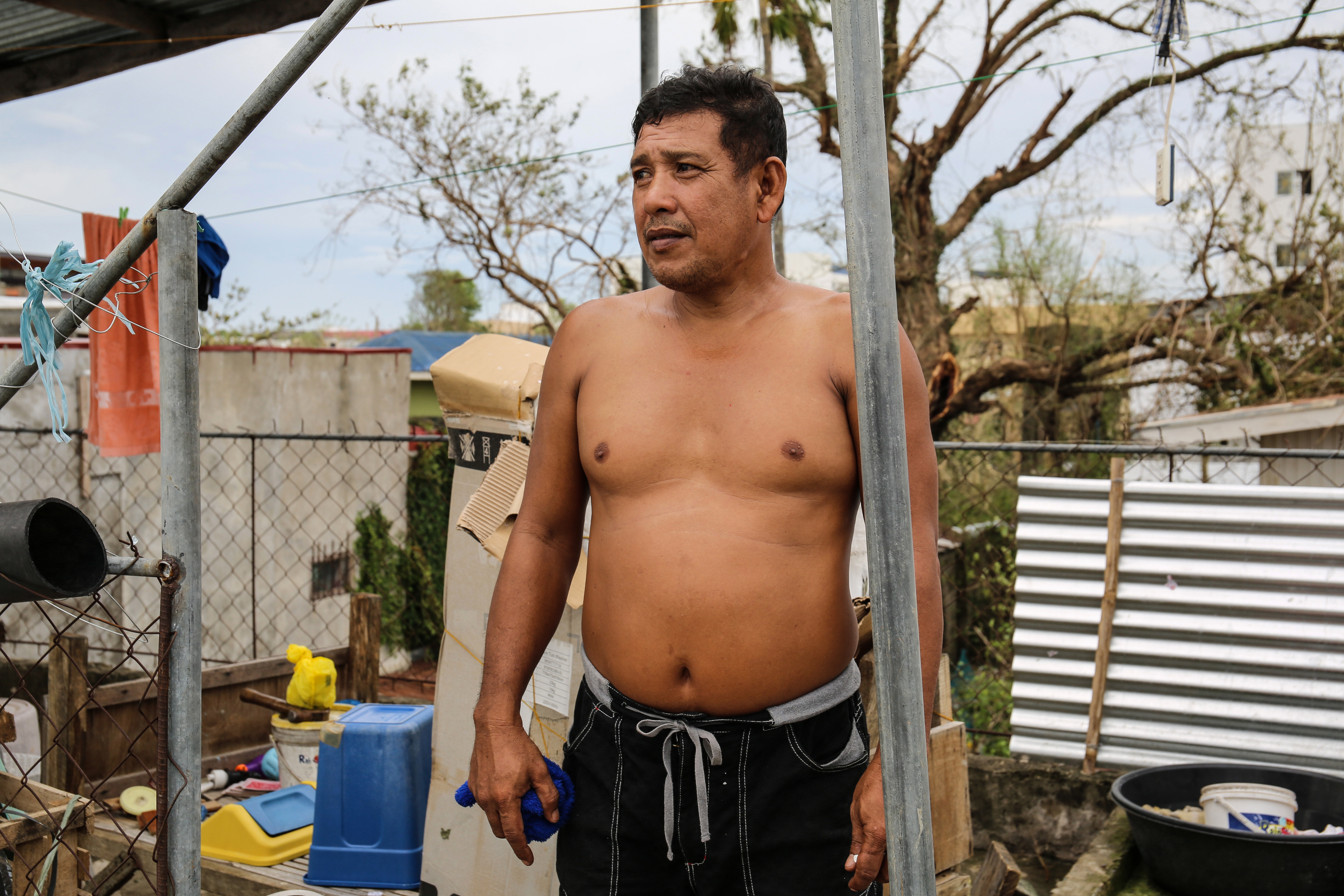
(Photo: Lynzy Billing)
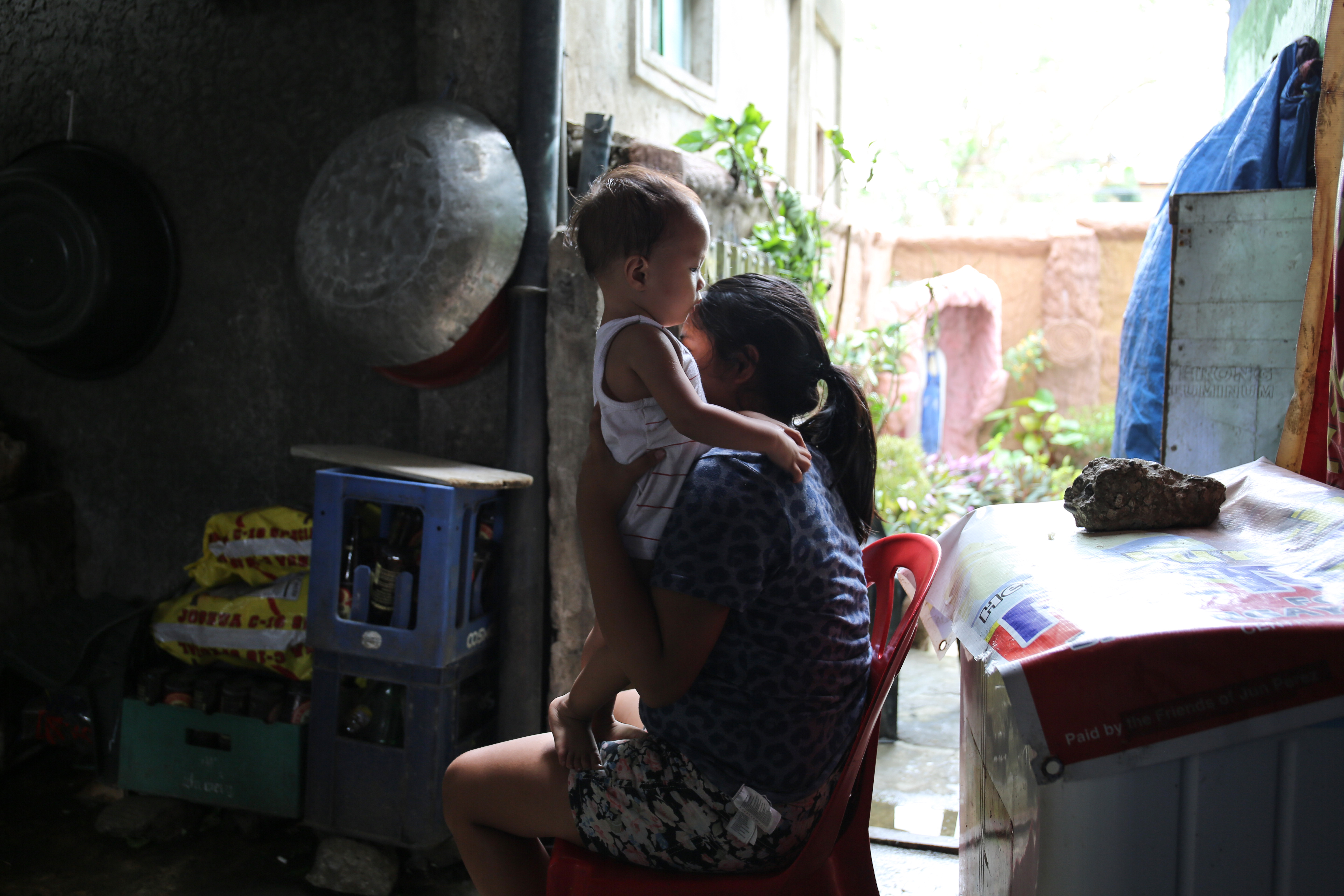
(Photo: Lynzy Billing)

(Photo: Lynzy Billing)
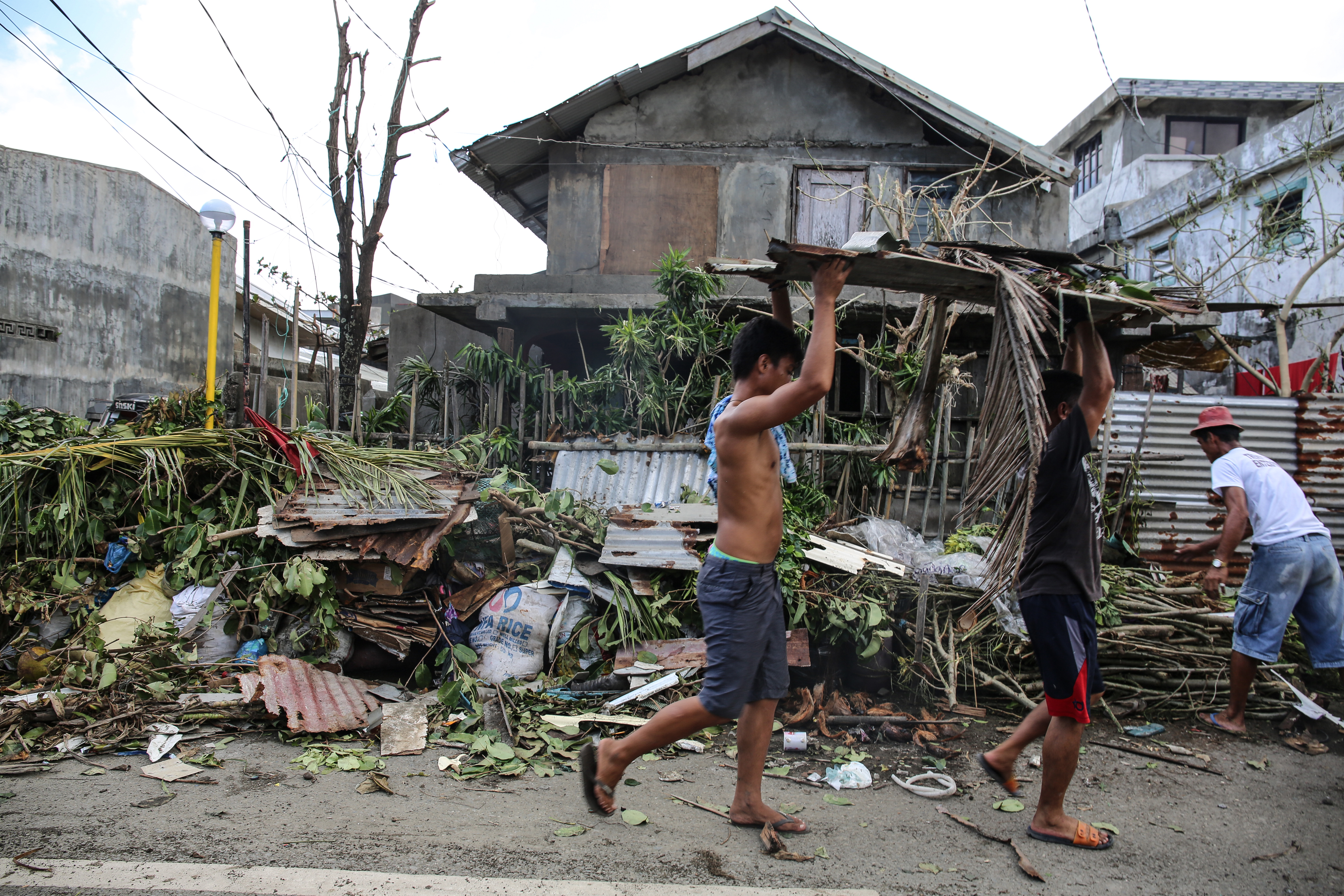
(Photo: Lynzy Billing)
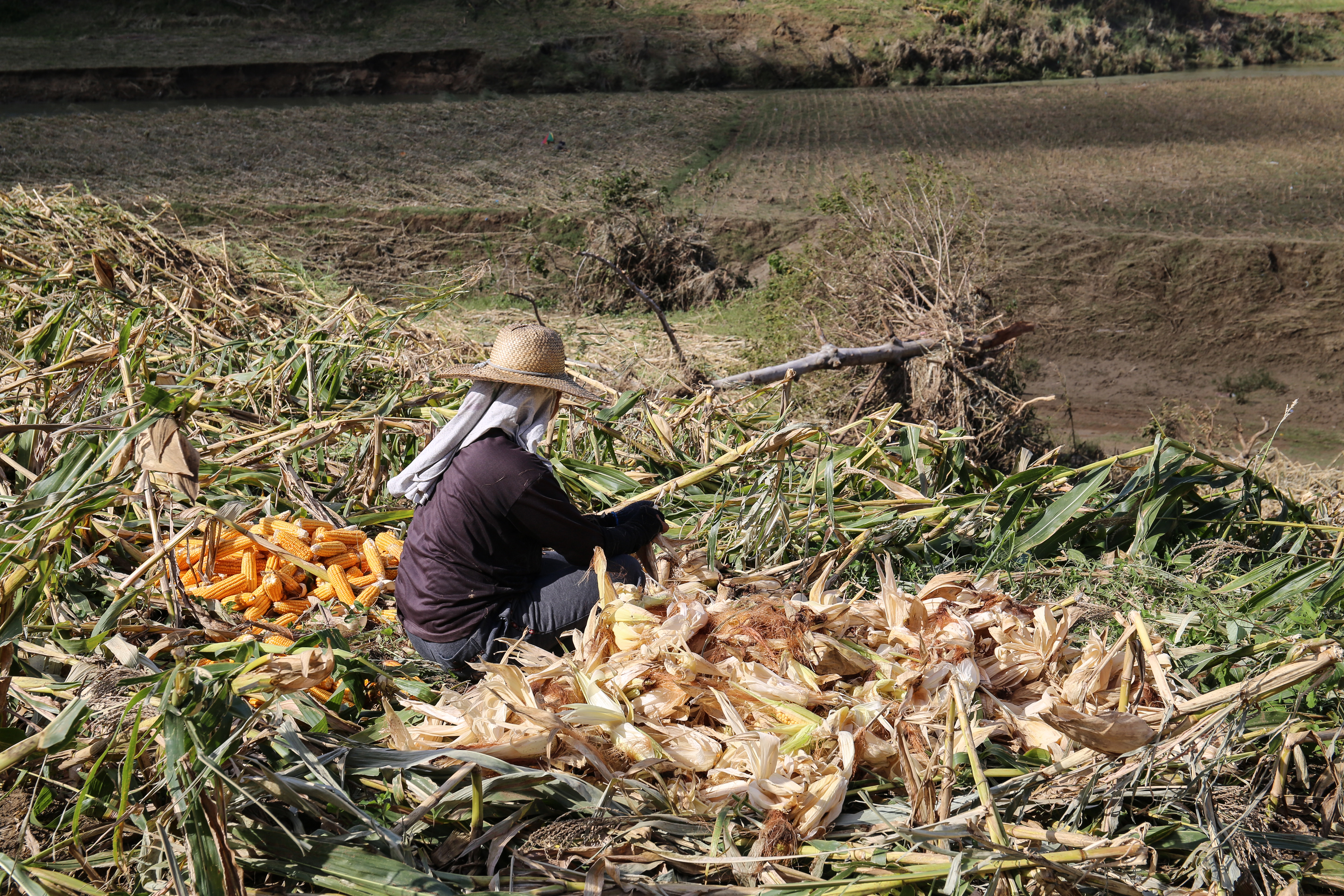
(Photo: Lynzy Billing)
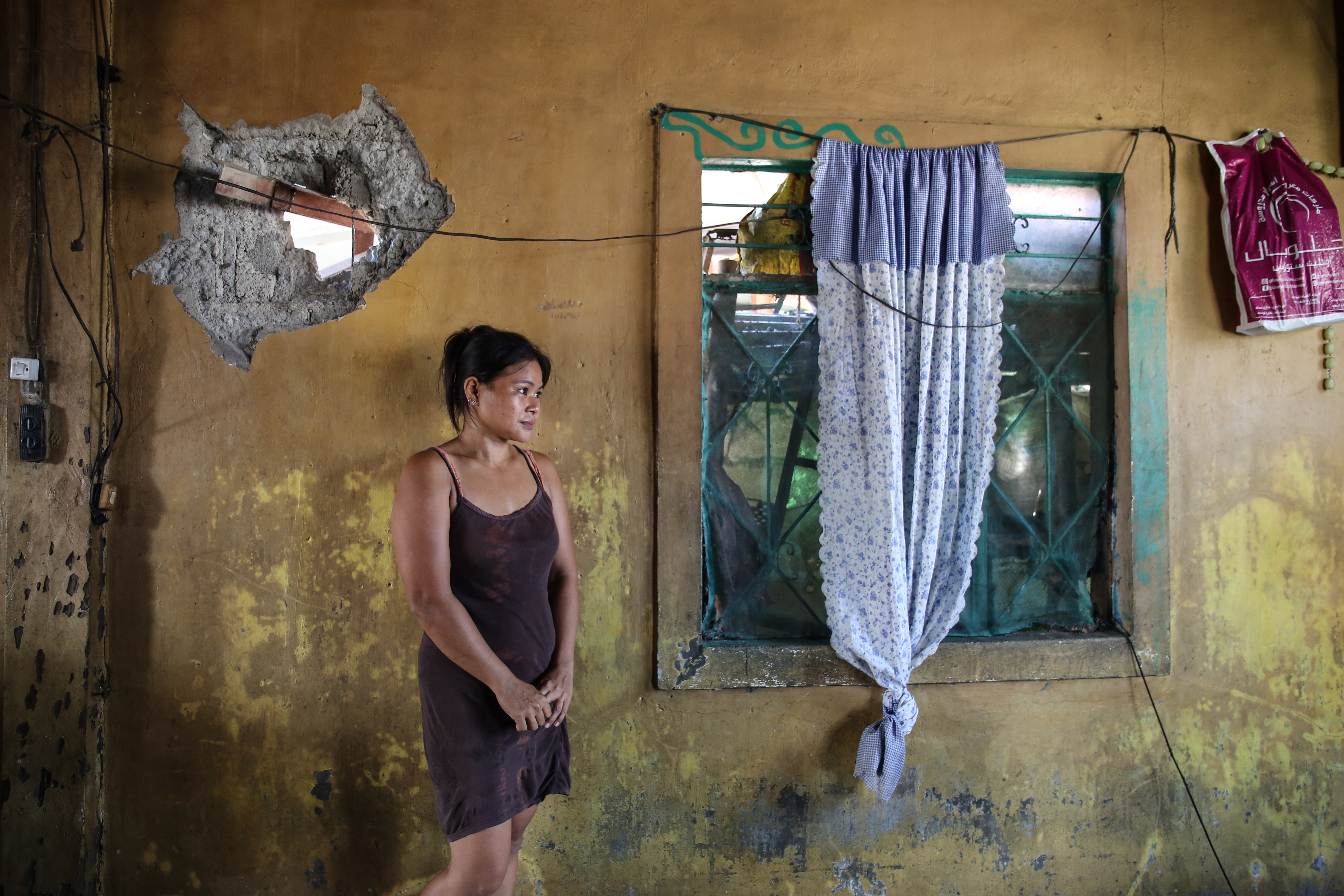
(Photo: Lynzy Billing)
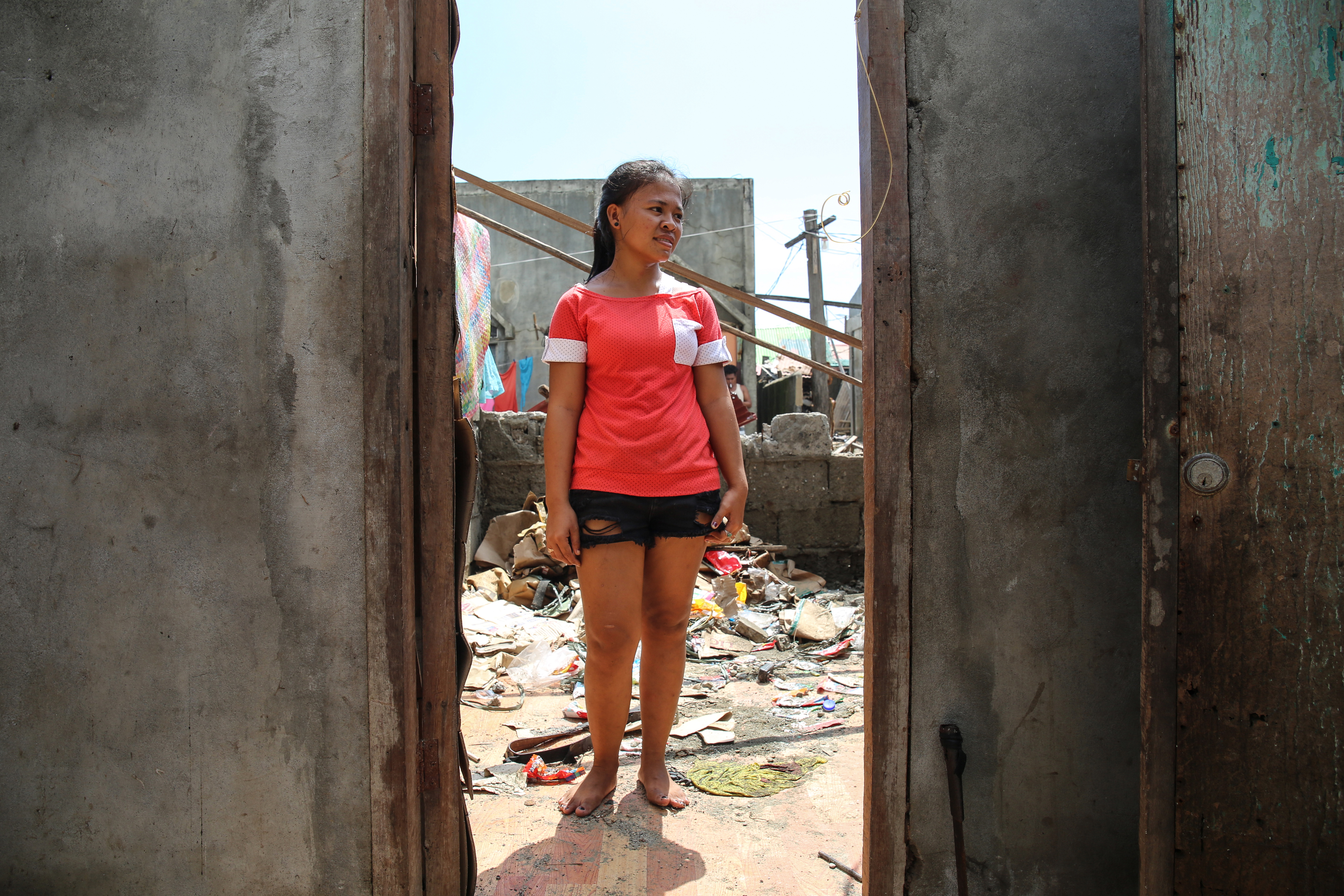
(Photo: Lynzy Billing)




